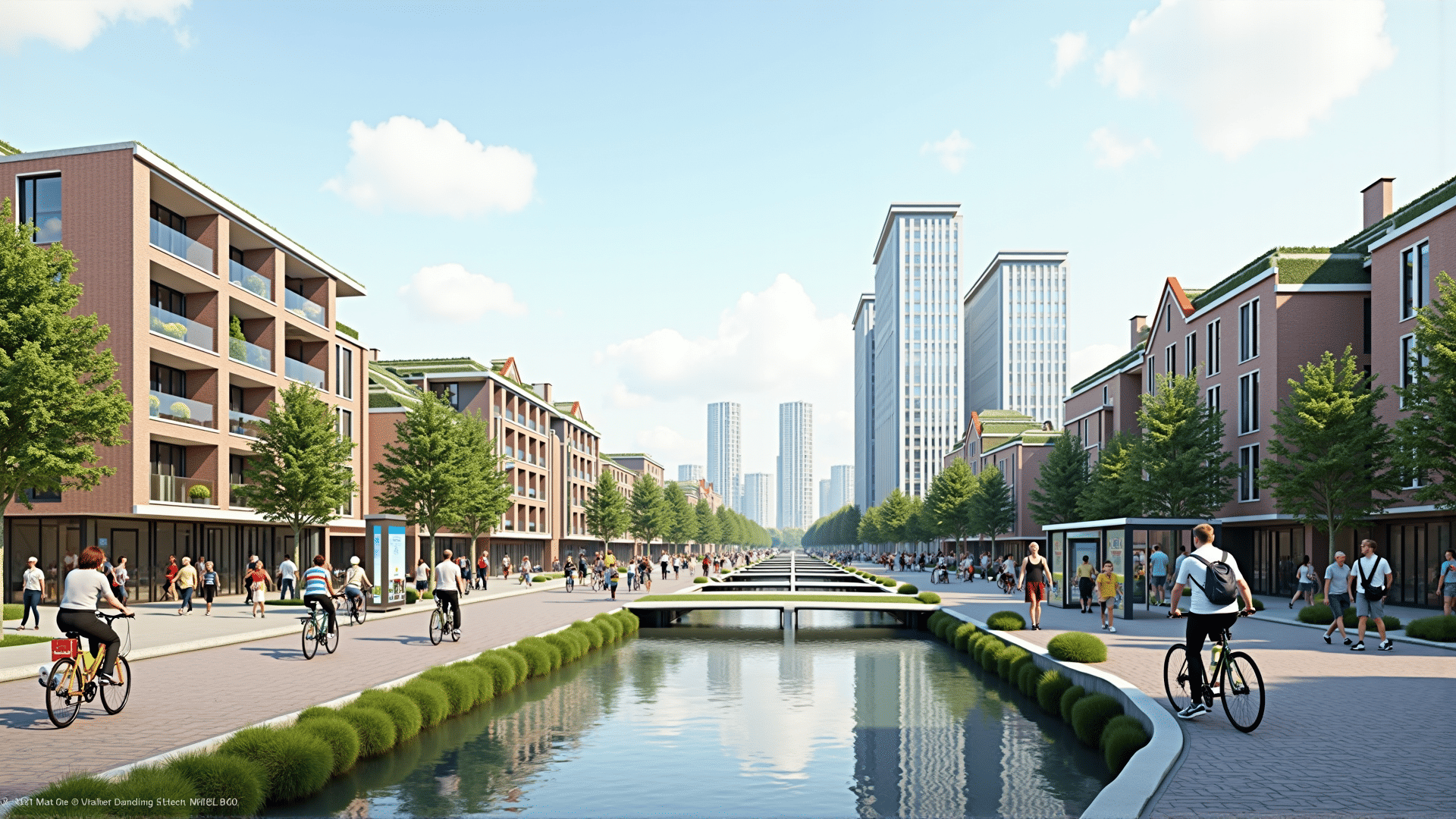The integration of analog systems in the design and operation of smart cities has become an intriguing element in the urban planning landscape in the Netherlands. At a time when digital solutions are at the helm of smart city development, the role of analog systems might seem counterintuitive. However, they offer unique advantages that complement digital technologies, enhancing the efficiency, sustainability, and resilience of urban infrastructures.
Analog systems in architecture and infrastructure planning are not relics of the past but are insightful components that bridge the gap between the tangible and the intangible in modern cityscapes. The Netherlands, renowned for its innovative approach to urban living, has embraced these systems to optimize the multifaceted nature of smart cities.
Incorporating analog systems allows for a more tactile interaction with city infrastructures. For instance, physical models of city layouts enable planners to engage more intuitively with spatial designs. This hands-on approach fosters a deeper understanding of the physical relationship between structures, topography, and existing urban fabric, which is often lost in digital simulations. These physical models serve as vital tools in participatory planning, where stakeholders, including local communities, can more easily comprehend and contribute to proposed developments.
Furthermore, analog systems find their place in energy management, a critical component of sustainable smart cities. Mechanical systems such as passive solar design and wind-powered ventilation offer energy efficiency without the need for digital oversight. These analog solutions harness natural elements to regulate building temperatures and lighting, reducing reliance on electronic systems and thus cutting down on energy consumption.
The impact on transportation infrastructure is another area where analog systems demonstrate their value. Bicycling, an inherently analog mode of transport, is a cornerstone of Dutch urban mobility. The focus on designing extensive bike lanes and integrating them seamlessly into urban networks exemplifies how analog transportation solutions can coexist with digital technologies, such as real-time traffic monitoring systems, to enhance urban mobility.
Water management, essential in a country where much of the land is below sea level, also benefits from analog systems. Traditional dike designs, coupled with modern engineering, create resilient water control measures. These infrastructures are augmented with digital flood warning systems, showcasing a hybrid approach that leverages the strength of both analog and digital technologies.
In urban operations, incorporating analog systems into emergency preparedness plans ensures robustness. Manually operated sirens and signage, for instance, serve as fail-safes during digital communication breakdowns. This dual-layer approach enhances the resilience of urban systems against potential tech disruptions.
The aesthetic impact of analog systems cannot be overlooked. Architectural elements that incorporate local materials and traditional craftsmanship offer a counterbalance to the sleek, digital aesthetics of modern infrastructures. This fusion creates a sense of place and cultural continuity, which is essential in maintaining the unique identity of urban areas while transitioning toward smarter cities.
The successful integration of analog systems into the urban planning of the Netherlands serves as a reminder that smart cities thrive on a balanced synergy of both digital and analog components. As these cities grow and evolve, the enduring value of analog systems calls for a thoughtful consideration of technology's place in our environments, embodying a vision of future cities that are not only intelligent but also humane and resilient.
